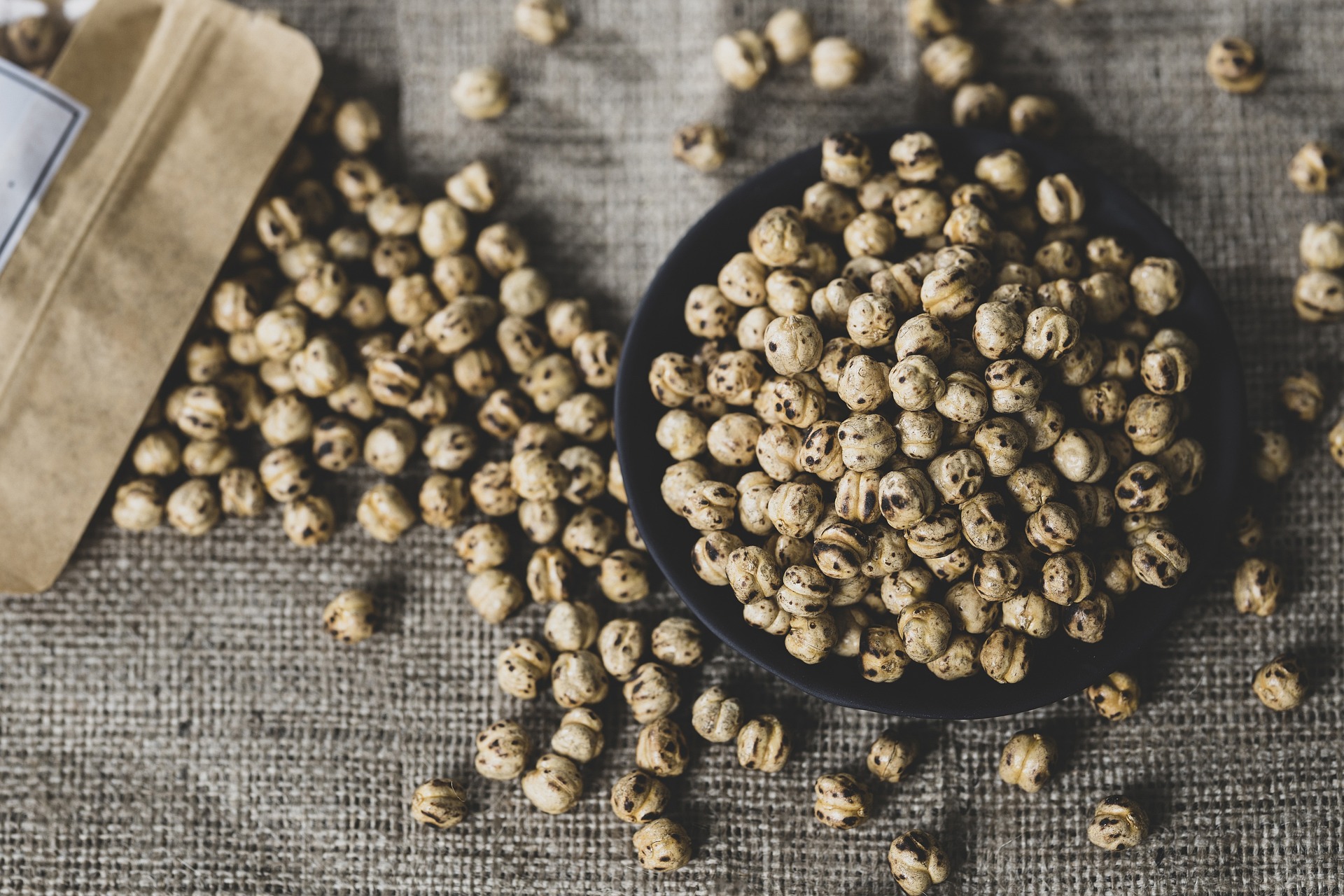Discovering the Culinary Charm of Croatian Cuisine
Croatian cuisine is a smorgasbord of flavor, history, and culture. Each region offers its unique dishes, from the seafood-heavy menu along the Adriatic Coast to hearty meat-based fares in the inland. Let's take a culinary journey through Croatia, a country that marries Mediterranean, Central European, and Balkan cuisines.

A Taste of the Sea: Dalmatian Coast
The Dalmatian Coast introduces a Mediterranean palate featuring seafood, olive oil, and fresh vegetables. The popular Brodet, a tomato-based fish stew, encapsulates the region’s maritime culture. However, Dalmatia’s culinary gem is its oysters, notably from the town of Ston, recognized for their unique flavor profile.
Comfort in a Bowl: Zagreb and Central Croatia
In contrast to the coast’s light Mediterranean flavors, Central Croatia offers hearty meals. Zagreb, the capital, is famous for its meaty dishes like purica s mlincima (roasted turkey with pasta tatters). Another must-try is štrukli, a cheese-filled pastry native to the region.
The Spice of Slavonia
Slavonia, Croatia’s eastern part, is known for its spiced and smoked meats. Kulen, a type of flavored sausage, is a regional delicacy. The area also boasts a vibrant paprika culture, showcased in the fiery fish stew, fiš paprikaš.
The Truffle Treasure of Istria
Istria, a northern peninsula, is a gastronomic paradise famous for truffles. Truffle hunting is a popular local activity, and you’ll find this luxurious ingredient in various dishes, from pasta to cheese and even ice cream.
The Sweet Side of Croatia
Croatian desserts are varied and delicious. Try the creamy rozata from Dubrovnik, similar to crème brûlée, or the gingerbread hearts from northern Croatia. The most famous is probably the Dalmatian dessert fritule, mini doughnuts often flavored with rum and citrus zest.
Handy Tips and Croatian Food Facts
-
Traditional Croatian cooking often uses open-fire methods.
-
Olive oil from Istria has been voted the best in the world multiple times.
-
Prošek, a sweet dessert wine from Dalmatia, is a local favorite.
-
Pag island is famous for its cheese, Paški sir, made from the milk of a local sheep breed.
-
Many traditional Croatian dishes are slow-cooked for hours to maximize flavor.
Croatian cuisine offers a delightful exploration of diverse flavors, techniques, and local ingredients. Each region tells its own culinary story, inviting you to discover and enjoy. So whether you’re planning a visit or just looking to expand your culinary horizons, there’s a Croatian dish out there waiting for you to savor.




